In the production of degradable PLA (polylactic acid) films, the design of low-temperature slitting process needs to comprehensively consider material characteristics, equipment parameters and environmental factors to ensure slitting quality and avoid damage to material properties. Here are the key design takeaways:
1. Characteristics of PLA film and the necessity of low-temperature slitting
• Low temperature brittleness: PLA increases brittleness at low temperatures (usually below 10°C), and edge cracks or fractures are prone to occur during slitting.
• Heat sensitivity: High temperatures (>60°C) may cause PLA to soften, adhere or change in crystallinity, affecting subsequent use.
• Static electricity problem: PLA is easy to accumulate static electricity, and additional control is required during low-temperature slitting.
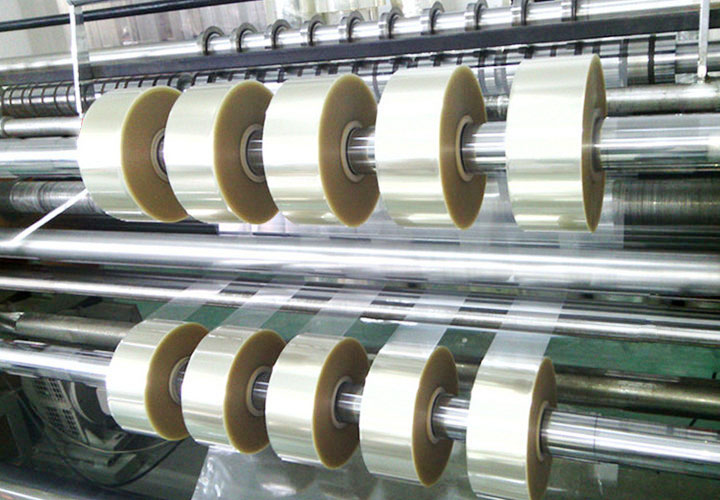
2. Key points of low-temperature slitting process design
(1) Temperature control
• Ambient temperature: It is recommended that the temperature of the slitting workshop be controlled at 15~25°C, and the humidity should be 40~60% (brittleness and electrostatic electricity need to be balanced).
• Cooling system:
◦ The slitting knife roller is cooled by circulating water (temperature setting 10~15°C) to avoid friction and heating.
◦ The guide roller can be equipped with a constant temperature system to prevent local overheating.
• Material pre-cooling: The film can be cooled to below 20°C by the cooling roller before slitting, reducing the thermal stress of slitting.
(2) Optimization of slitting equipment
• Tool selection:
◦ Use a round knife with a high hardness and a sharp edge (e.g., a diamond-coated knife) to reduce cutting resistance.
◦ The blade angle is recommended to be 20~30° to reduce the transverse stress of the PLA film.
• Tension Control:
◦ Closed-loop tension control system is adopted, and the slitting tension is controlled at 5~15N (adjusted according to thickness) to avoid tensile deformation.
◦ Unwinding/rewinding tension decreasing design to reduce inner layer indentation.
• Speed matching: The slitting line speed is recommended to ≤ 200m/min, and the thick film (>50μm) needs to be further reduced.
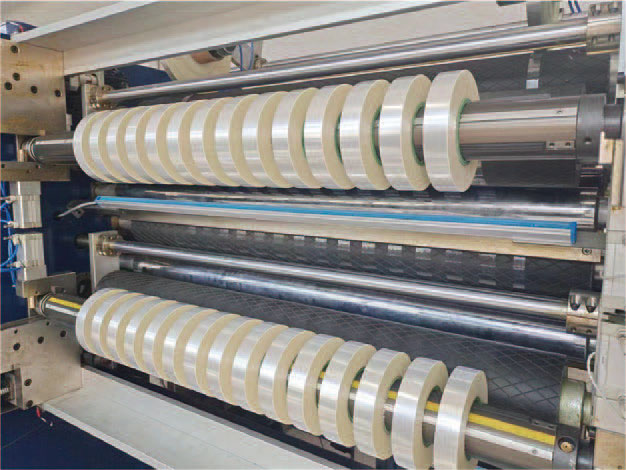
(3) Static electricity and dust management
• Ionizing Air Bars: Install an electrostatic eliminator in the slitting area to avoid film adsorption or crimping.
• Dust removal device: Equipped with dust collection equipment to remove PLA debris and prevent contamination of the knife edge or film surface.
(4) Post-slitting treatment
• Aging treatment: The slitted film roll is allowed to stand in a constant temperature environment for 24 hours to release internal stress.
• Edge detection: Use an optical detector to check the edge flatness and adjust the process in time.
3. Common problems and solutions
| issue | Possible causes | solution |
| Edge burrs/cracks | The tool is passivated or the temperature is too low | Replace the tool and raise the ambient temperature above the lower limit |
| Membrane roll adhesion | The slitting temperature is too high or the tension is too high | Reduce the temperature of the cutter roll and reduce the winding tension |
| The slitting width is uneven | Guide roller parallelism deviation | Calibrate the equipment and check the effect of the film flattening rolls |
| Electrostatic adsorption of dust | Insufficient static elimination | Increase the number of ionizing air bars and increase the humidity (≤60%) |
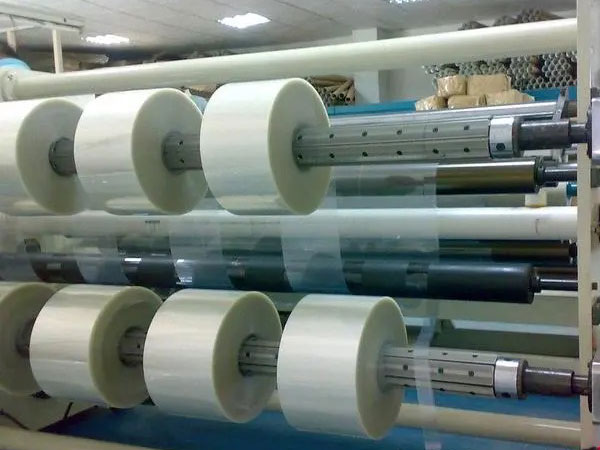
4. Validation and optimization
• Small-scale test stage: DOE (Design of Experiments) tests the combination of different temperatures, tensions, and tool parameters to evaluate the slitting quality.
• Key Indicators:
◦ Edge roughness (target ≤ 20 μm)
◦ End face uniformity of slitting and rewinding (deviation≤1mm)
◦ Change in film transmittance (ΔT≤2%).
5. Environmental protection and energy consumption considerations
• Energy-saving design: Variable frequency motor and waste cooling recovery system are used to reduce the energy consumption of low temperature maintenance.
• Biodegradable debris: Collect PLA scraps and reuse them directly into the extrusion process (drying required).
Through the above design, efficient slitting can be achieved while maintaining the integrity of PLA films, and meeting the stringent requirements of biodegradable packaging materials. In practice, fine-tuning is required depending on the film formulation (e.g. plasticizer content) and the type of equipment.
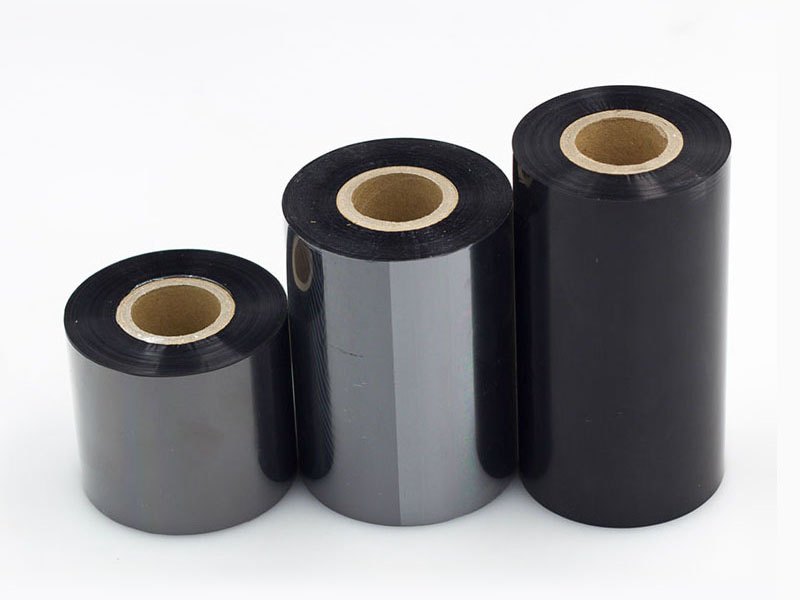 The Blade of Precision: How Ribbon Slitting Machines Become the Invisible Guardians of Print Quality
The Blade of Precision: How Ribbon Slitting Machines Become the Invisible Guardians of Print Quality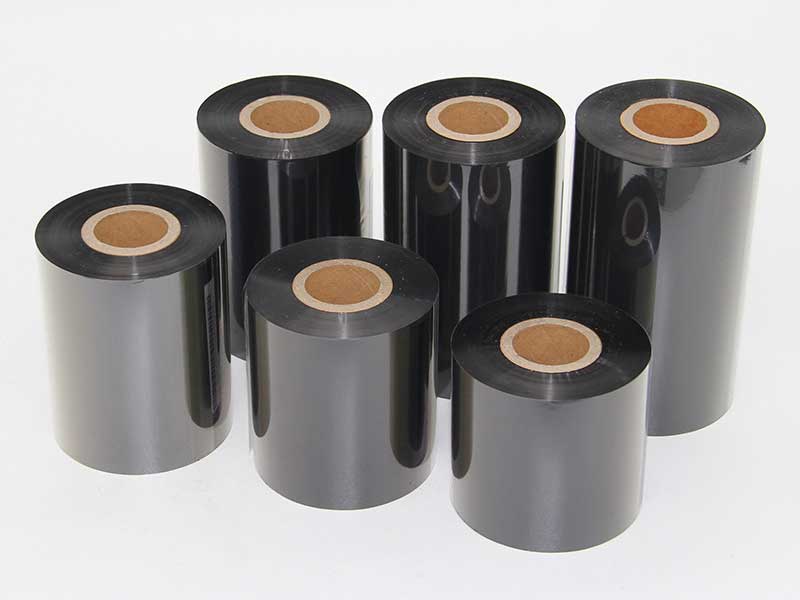 Beyond Slicing: The Evolution of Ribbon Slitting Machines in the Productivity Revolution
Beyond Slicing: The Evolution of Ribbon Slitting Machines in the Productivity Revolution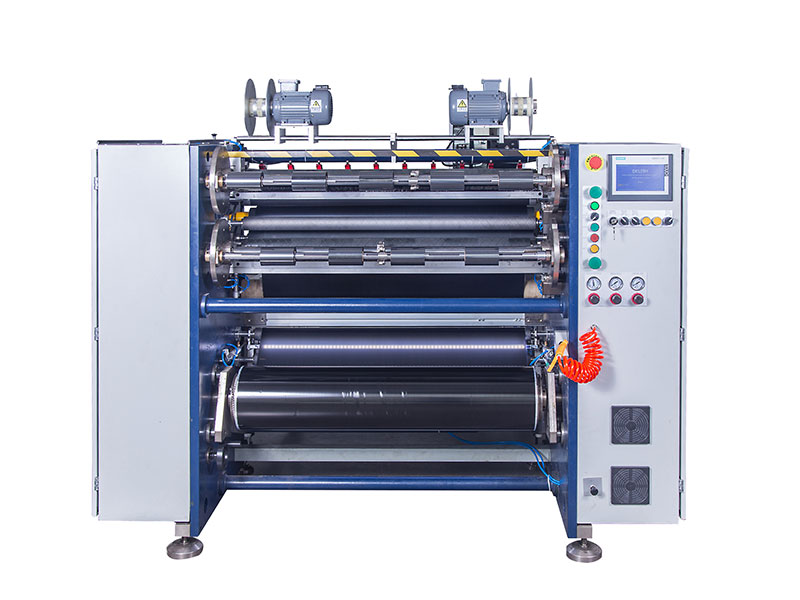 Exploring the reliability technology behind the low failure rate of ribbon slitting machine
Exploring the reliability technology behind the low failure rate of ribbon slitting machine Ribbon Slitting Machine Buying Guide: Focus on reliability and convenience
Ribbon Slitting Machine Buying Guide: Focus on reliability and convenience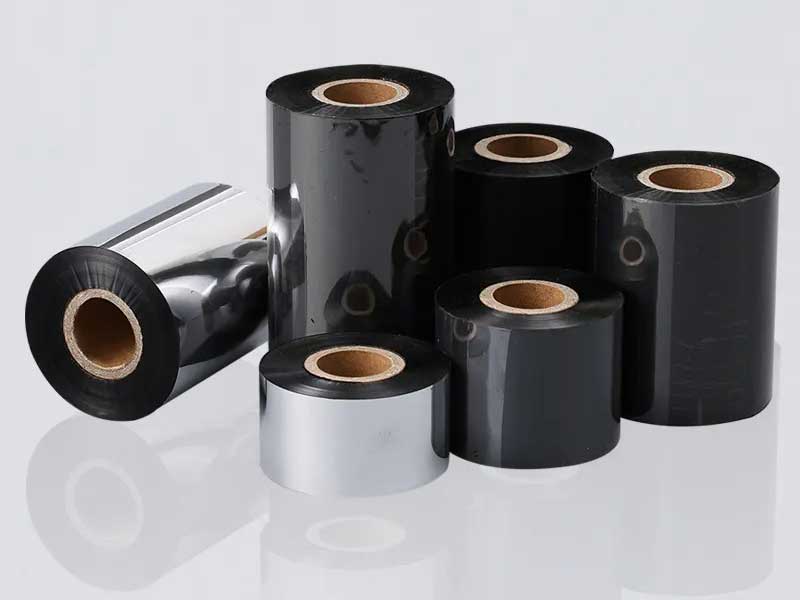 Is the ribbon slitting machine easy to operate? Convenience design is fully revealed
Is the ribbon slitting machine easy to operate? Convenience design is fully revealed